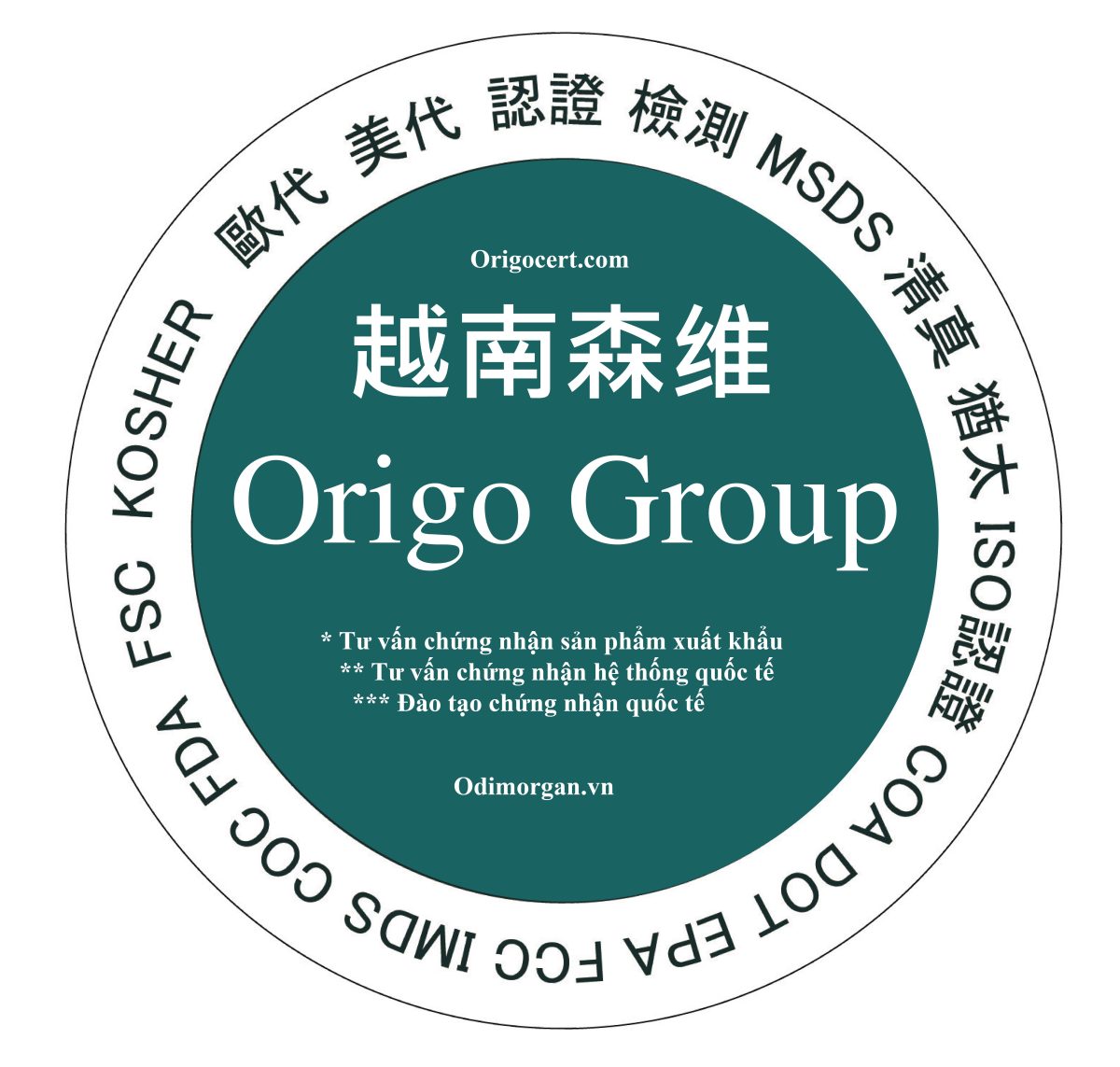Have you ever questioned the magical world of tarot cards and exactly how they can supply support and insight into your life? Tarot card pull is a practice that has been around for centuries, utilized by foreteller, psychics, and day-to-day individuals looking for solution to life’s burning concerns. In this thorough overview, we will explore the history of tarot card cards, the definition behind each card, and just how to perform a tarot card pull for yourself.
History of Tarot Card Cards
Tarot card cards came psychic readers from the 15th century in Europe and were originally used as playing cards for video games. It had not been until the 18th century that tarot cards were related to prophecy and mysticism. The traditional tarot card deck includes 78 cards, divided into two main categories: the Major Arcana and the Minor Arcana.
The Major Arcana contains 22 cards that stand for major life events and spiritual lessons, while the Minor psychicoz phone number Arcana includes 56 cards that represent daily situations and difficulties. Each card in the tarot card deck holds a specific definition and can supply assistance on various facets of life, including love, occupation, and individual growth.
Throughout history, tarot card cards have been utilized by mystics, psychics, and spiritual practitioners to take advantage of the subconscious mind and look for answers from deep space. Today, tarot card pull has actually ended up being a prominent practice for individuals aiming to gain understanding and clearness right into their lives.
- Significant Arcana: The Fool, The Magician, The High Priestess, The Empress, The Emperor, The Hierophant, The Lovers, The Chariot, Strength, The Anchorite, Wheel of Fortune, Justice, The Hanged Guy, Death, Temperance, The Devil, The Tower, The Star, The Moon, The Sunlight, Judgement, The Globe
- Minor Arcana: Wands, Cups, Swords, Pentacles
Just how to Conduct a Tarot Card Pull
Prior to performing a tarot card pull, it is important to create a spiritual space and establish your intent for the reading. You can do this by lighting candle lights, melting incense, or practicing meditation to clear your mind and focus your energy. As soon as you prepare, shuffle the deck of tarot card cards and concentrate on the concern or issue you would such as advice on.
There are a number of tarot card spreads you can use for a tarot card pull, such as the Celtic Cross, Three-Card Spread, or the Past-Present-Future spread. Each spread supplies a various perspective on your inquiry and can give valuable understandings right into your existing circumstance.
When carrying out a tarot card pull, trust fund your intuition and take note of any type of feelings or thoughts that develop during the analysis. Make note of the cards that show up and their placements in the spread, as each card holds an one-of-a-kind definition and message for you.
Translating Tarot Card Card Draws
Interpreting tarot card pulls needs a combination of intuition, expertise of tarot card definitions, and an understanding of symbolism. Each card in the tarot deck has its very own value and can vary relying on its setting in the spread and the concern asked.
- The Major Arcana cards generally stand for substantial life occasions and spiritual lessons.
- The Minor Arcana cards signify day-to-day situations and obstacles.
- The match of Wands represents imagination, passion, and power.
- The suit of Cups signifies emotions, partnerships, and intuition.
- The suit of Swords stands for intellect, interaction, and conflict resolution.
- The fit of Pentacles represents financial resources, material properties, and security.
Final thought
Tarot card pull is a powerful tool for getting insight and guidance right into your life’s trip. By tapping into the wisdom of the tarot cards, you can discover covert realities, check out brand-new possibilities, and locate quality in times of unpredictability. Whether you are brand-new to tarot card reading or a seasoned practitioner, the practice of tarot card pull offers limitless chances for self-discovery and personal growth.






